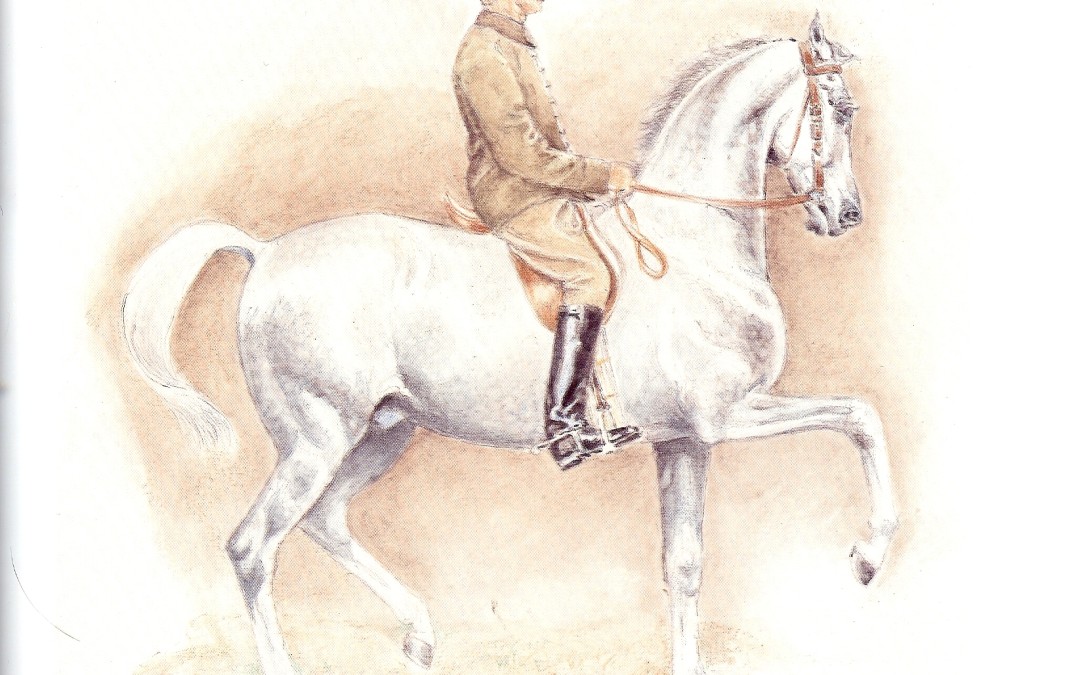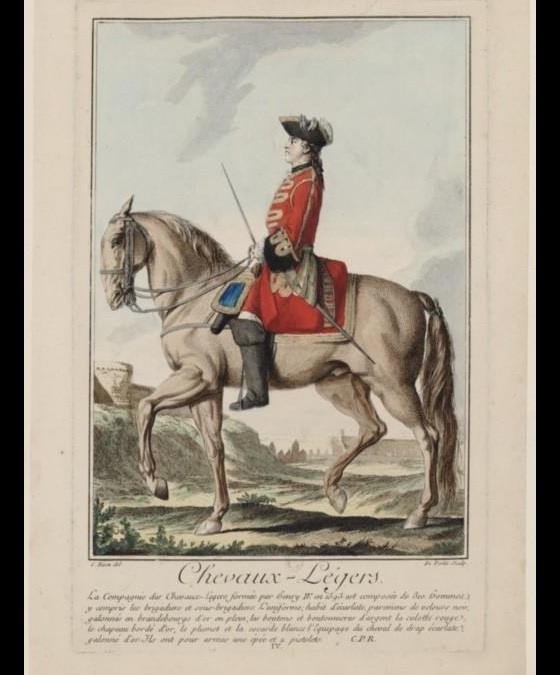
by Craig Stevens | Jun 25, 2015 | Old Masters Quotes and commentary
Classical dressage is founded in the teachings of the ancient Greeks. Particularly, but not limited to the teachings of Aristotle and Plato. In everything including working with the horse, a horseman worked always with the the four cardinal virtues as the ground of all training and the aids. The four cardinal virtues are: 1. Prudence (Wisdom) It is right reason in action. It is the foundation of all the other virtues. It establishes rule and measure in any situation with the horse. Skillful means arises from wisdom. It is seeing what is and acting or not as needed. Wisdom sees the horse as a being who is our physical superior in every way and knows how to engage our intelligence to improve its situation. 2. Justice Justice toward ourselves and the horse disposes one to respect the rights of the horse and to establish in the relationship the harmony that promotes equity with regard to both beings. It understands that there is at the heart of any relationship a common good. In good dressage, the perfection of the seat is the greatest justice from which just aids arise. 3. Fortitude Dressage presents a range of difficulties in both learning and practice. Fortitude is the strength or firmness of mind that enables a person to encounter difficulties and danger with coolness and courage. The assumption many times is strength is hard and aggressive but real strength is the source of all kindness,. Only the strong can be gentle. 4. Temperance In modern thinking the term temperance is what ensures the will’s mastery over instincts and keeps desires within the limits of what...

by Craig Stevens | Apr 13, 2015 | Craig Stevens' Blog, Old Masters Quotes and commentary
“The action of the man on the horse, and the reaction of the horse to man, are subject to certain principles, to some cause which is located in each, but it must not be developed by chance, if one wishes to control with greater accuracy. The first law of this correctness is the intimate union of two individuals. This union requires on the part of the rider a proper position and action and, on the part of the animal, a boundless subordination with a prompt and blind obedience, at least as long as laws of its structure are not violated.” Dupaty de Clam (Craig Stevens translation. From the art and Science of Equitation 1776 Here it is in a nutshell. The union of body and mind subjugated to the mechanical and psychological realities of the horse. We must look to the cultivation of the skill of listening to the horse’s movements to find the secret of the correct aids, for only then can the horse’s mind be at ease. This is the dressage which any method cannot find. Dressage is not the invention of the human mind but the human mind which has found the harmony and the discipline which nature imposes. Good instruction in dressage consists in the introduction of the student to the nature of one’s own mind. Correctness and clarity in dressage can only be found when a harmonious and peaceful mind extends itself with intelligent compassion to the horse. Name(required) Email(required) Comment(required)...
by Mary Anne Campbell | Nov 20, 2014 | Old Masters Quotes and commentary
“The softness and flexibility so much links the rider with the horse, that it results from it a kind of homogeneity, which binds, which joins the movements of the horse to the seat and enveloping of the rider.” Victor Franconi It is hard for the French to realize the height of their own equestrian culture when they confuse art with competition. In competition there is one winner, in art everyone wins….there are no losers except for the one who sacrifices his art to win. Art is not about approval but about an...





Recent Comments